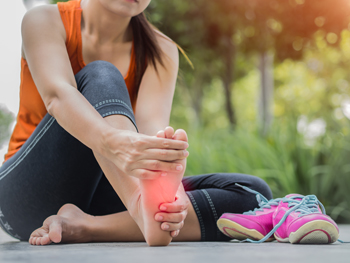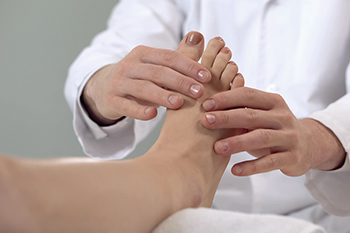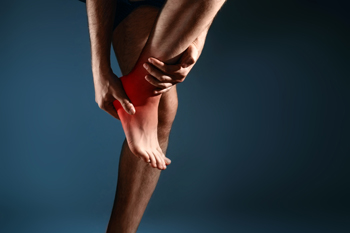
All runners sustain injuries from time to time. If you are a beginning runner, it is important to start slowly and maintain a training level a bit beneath your ability. Over- training is one of the first ways runners get injured. If you become injured while running, resting is the first course of action. So, for example, if you pull a muscle, stop running and walk for a bit to see if the pain diminishes. Rest until you can resume running pain free. Most injuries suffered as beginning runners are minor and heal quickly but if your pain persists, it is suggested you see a podiatrist for a proper diagnosis and treatment, as well as additional tips on running safely.
Exercising your feet regularly with the proper foot wear is a great way to prevent injuries. If you have any concerns about your feet, contact one of our podiatrists of Footcare Now. Our doctors will treat your foot and ankle needs.
How to Prevent Running Injuries
Many common running injuries are caused by overuse and overtraining. When the back of the kneecap starts wearing out and starts causing pain in your knee, this is commonly referred to as runner’s knee. Runner’s knee is a decrease in strength in your quadriceps and can occur if you’re not wearing properly fitted or supporting shoes. To prevent runner’s knee, focusing on hip strengthening is a good idea, as well as strengthening your quads to keep the kneecaps aligned.
What Are Some Causes of Running Injuries?
- One cause of a common running injury is called iliotibial band syndrome.
- Plantar fasciitis is also another common injury.
- Stress fractures can occur from overtraining, lack of calcium, or even your running style.
Best Ways to Prevent Running Injuries
- Wear footwear that fits properly and suits your running needs.
- Running shoes are the only protective gear that runners have to safeguard them from injury.
- Make a training schedule. Adding strengthening exercises as well as regular stretching can help keep you strong and limber and can lessen the possibility of injuries.
- Stretching keeps muscles limber; this will help you gain better flexibility.
If you have any questions please feel free to contact our offices located in Elmhurst Jackson Heights, and Astoria, NY . We offer the newest diagnostic and treatment technologies for all your foot and ankle needs.




